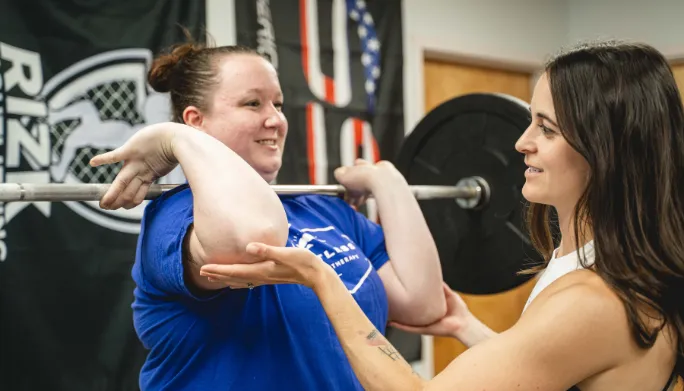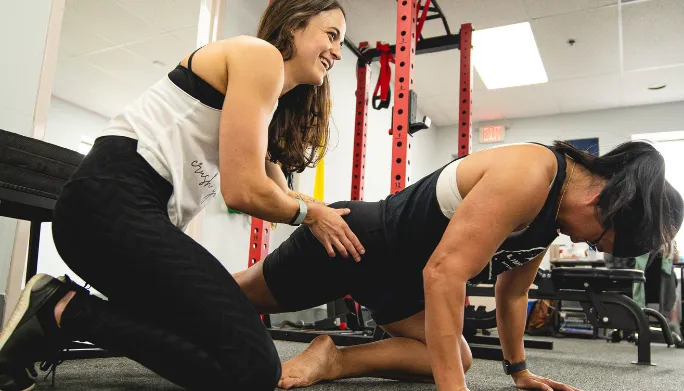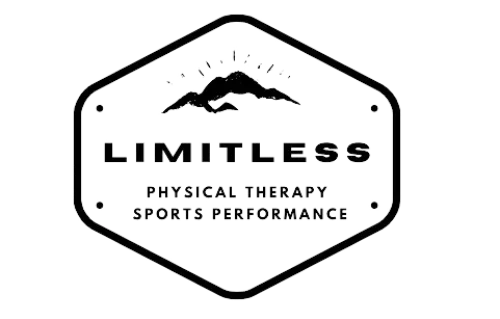Concussion Management in Kearneysville
What Is Concussion Therapy?
Concussion is a type of traumatic brain injury that occurs as a result of a blow or jolt to the head. This injury can cause a range of symptoms, including headaches, dizziness, memory loss, and confusion. Although concussions are usually not life-threatening, they can have a significant impact on a person’s quality of life and ability to perform everyday tasks. To help recover from a concussion, physical therapy can play an important role in the rehabilitation process.
Physical therapy for concussion typically involves a combination of exercises and techniques aimed at reducing symptoms, improving balance and coordination, and promoting healing. The therapy can be divided into two main categories: vestibular rehabilitation and cervical spine rehabilitation.

How Does Concussion Therapy Work In Kearneysville?
Vestibular rehabilitation focuses on the inner ear, which plays a crucial role in maintaining balance and coordinating movement. This type of therapy aims to reduce symptoms such as dizziness, vertigo, and balance problems. Common techniques used in vestibular rehabilitation include gaze stabilization exercises, where the patient focuses on a moving object to improve their ability to track it, and vestibular habituation exercises, where the patient performs movements that challenge their balance, such as walking in a circle or on a balance beam.
Cervical spine rehabilitation, on the other hand, focuses on the neck and the muscles that control it. The neck is often affected after a concussion, as it can suffer from whiplash-type injuries and develop muscle imbalances. Cervical spine rehabilitation aims to improve neck flexibility and strength, as well as reduce pain and improve head and neck control. Common techniques used in cervical spine rehabilitation include neck stretching and strengthening exercises, as well as manual therapy techniques to improve joint mobility and reduce muscle tension.
Goals Of Physical Therapy For Concussions
Reduce symptoms: Physical therapy can help reduce symptoms such as headaches, dizziness, and nausea by promoting healing and reducing inflammation.
Improve balance and coordination: Exercises designed to improve balance and coordination can help reduce the risk of falls and improve the patient’s ability to perform daily activities.
Promote healing: Physical therapy can help promote healing by increasing blood flow to the brain and reducing inflammation.
Enhance cognitive function: Certain exercises and techniques can help improve cognitive function by increasing brain activity and promoting neuroplasticity.
Reduce the risk of future injury: Physical therapy can help reduce the risk of future injury by improving neck and vestibular function and reducing the risk of falls.
It’s important to note that physical therapy for concussion should be tailored to each individual patient’s needs and symptoms. The therapy program should be gradually progressed and the patient should be monitored for any changes in symptoms. If the patient’s symptoms worsen during therapy, it’s important to consult with a doctor and make any necessary adjustments to the therapy program.
Physical therapy is often used in conjunction with other treatments for concussion, such as medication and cognitive therapy. In some cases, physical therapy may be used as the sole treatment for concussion, especially for mild cases. However, it’s always best to consult with a doctor to determine the most appropriate treatment plan for each individual case.

Start Concussion Therapy in Kearneysville
Physical therapy can play a significant role in the rehabilitation of individuals who have suffered a concussion. By reducing symptoms, improving balance and coordination, promoting healing, and reducing the risk of future injury, physical therapy can help improve the patient’s quality of life and ability to perform everyday tasks. However, it’s important to note that physical therapy for concussion should be tailored to each individual patient’s needs and should be gradually progressed under close monitoring.


